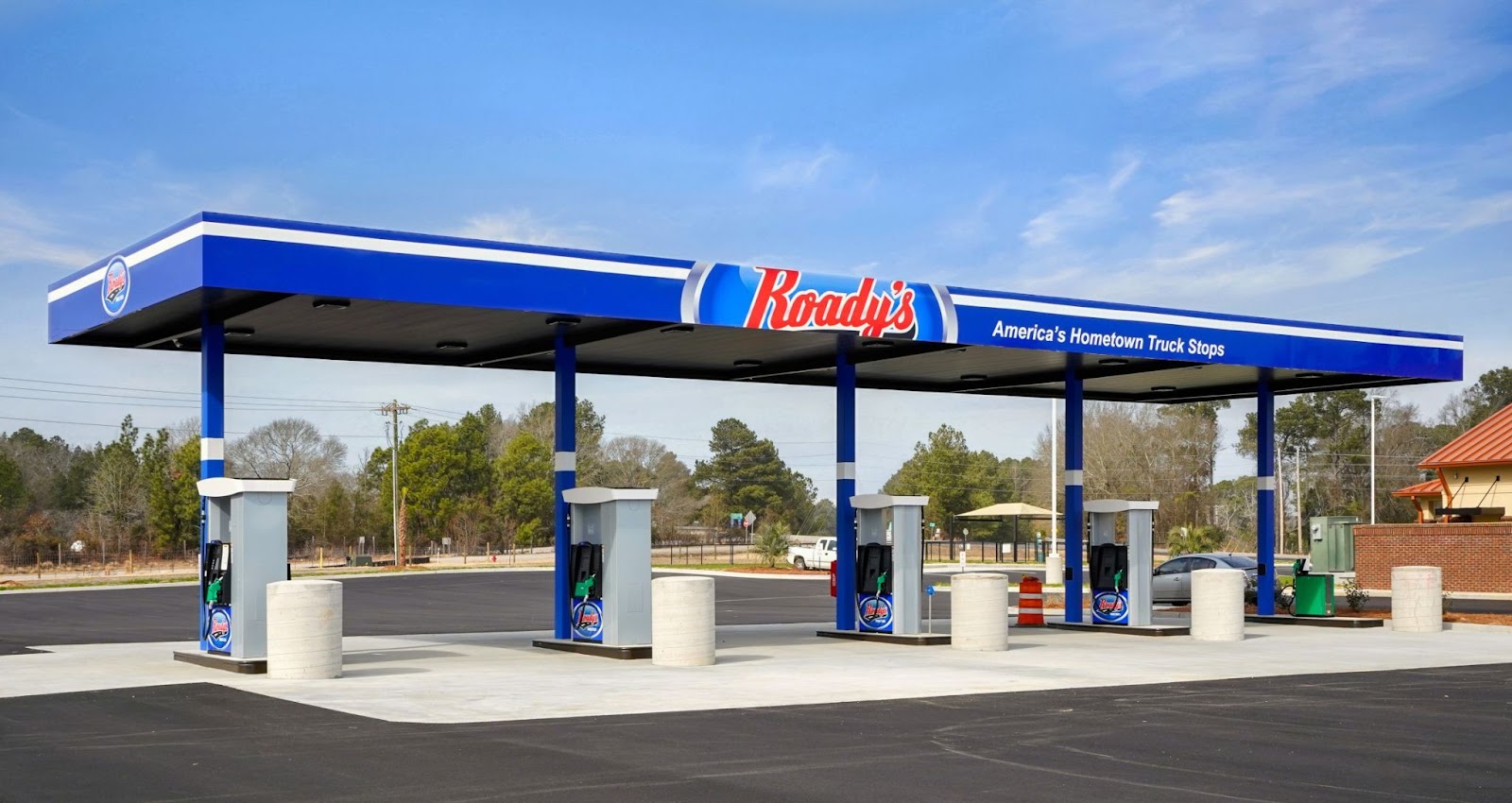
THE 2024 ROADY'S ANNUAL CONFERENCE IS COMING!
Join us in Las Vegas for Networking Opportunities, Educational Seminars, New Technologies, and Racing Really Fast Cars - Find out more at https://conference.roadys.com
Sales at your truck stop are likely to fluctuate with the price of crude oil. But thankfully for those running truck stops, predicting fuel sales for the coming year is far simpler than the complex regression analysis needed to forecast the price of crude.
After all, forecasting crude oil prices is a complicated business. Multilateral organizations and investment banks make one-, five-, and ten-year predictions of crude oil prices that companies and governments use to make long-term plans. Their regression models take into account such factors as political economy, taxes, subsidies, marketing and distribution costs, seasonality, and exchange rates.
Your model for predicting your sales of diesel, on the other hand, needs only take into account your past sales volume, your position in the market, price trends, and your own plans to draw people to your business.
Let’s look at five factors to consider when predicting how much diesel your business is likely to sell over the coming year.
What volume of diesel did you sell last year? That number is the foundation of your forecast; start there and adjust up and down based on the next five factors. The only reason to take this number with a grain of salt is if the previous year was extremely unusual (as is the cast right now).
Check out where your prices are compared to your competitors’ prices. If you’re pricing above them when you weren’t previously, you can predict a decrease in sales volume. If you’re pricing below them, your sales may well increase. Roady's sends daily competitor price emails so you can glean this comparison information quickly and painlessly.
While you likely sell most of your diesel at a discount, your advertised retail price will also have a bearing on your sales. Keep track of shifts in the retail price of diesel using apps like Trucker Path and GasBuddy. Roady's updates those apps for all Roady’s locations.
Find a source that can tell you traffic and load data regarding trucks going by your location on the highway. For example, the Bureau of Transportation Statistics offers information on freight flows by state. You can use this data to determine what market share your location is capturing of the potential gallons being sold in your location.
Your own methods of operations have a bearing on your sales, too, of course. One major way to pump up your sales is to offer more aggressive discounts to make your location more attractive to fleets. Other strategies help too: Researchers found that certain non-pricing strategies help increase diesel sales, such as giving away free gifts, launching a “lucky draw” program, and introducing products with additives.
Forecasting diesel sales is an important element of maintaining a thriving truck stop business; failing to make such predictions is like trying to navigate blindfolded. You want to be making business decisions using complete and accurate information — or at least predictions — as you can piece together.
Looking at the five elements here, as well as others such as how effectively your truck stop infrastructure and offerings are serving your customers, is a good way to get a handle on how your sales may look in coming months.
Here’s what we've been up to recently.